Optimal Timing for Tree Removal

Spring offers moderate weather conditions, making it suitable for tree removal when trees are beginning to grow.
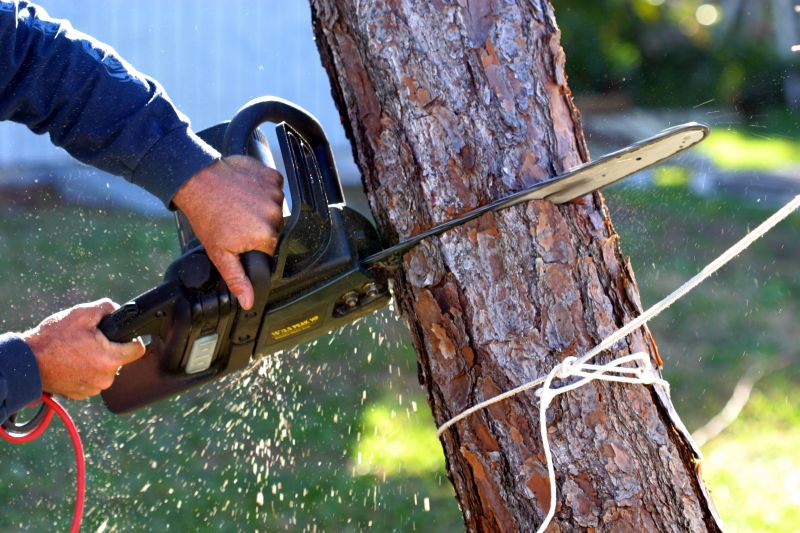
Summer provides longer daylight hours, but high temperatures can pose challenges for tree removal projects.
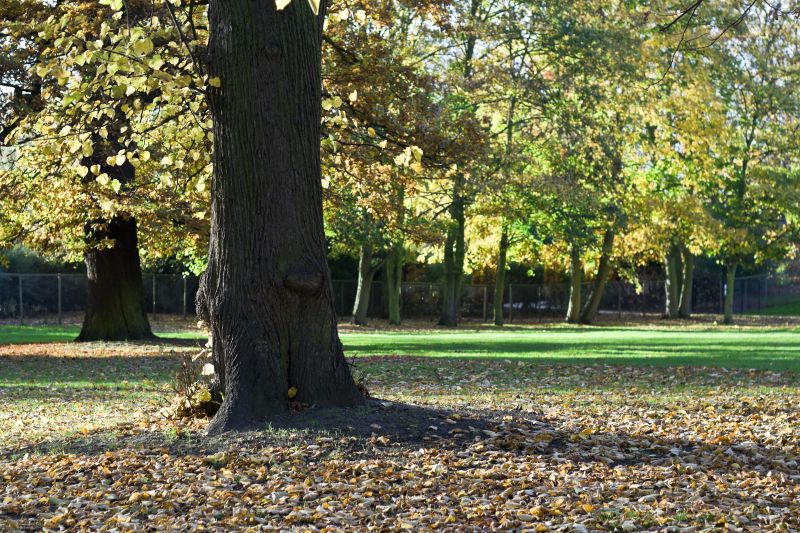
Fall is often ideal due to cooler temperatures and trees entering dormancy, reducing stress on the tree and surrounding landscape.

Ways to make Tree Removals work in tight or awkward layouts.
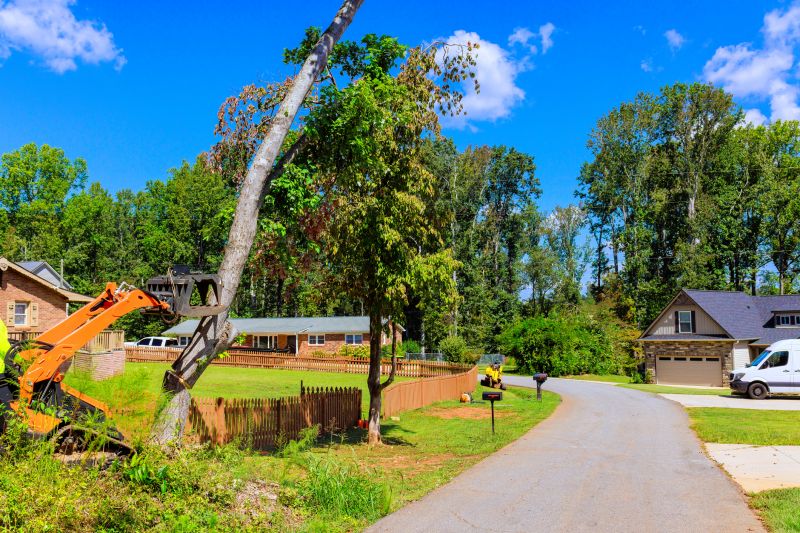
Popular materials for Tree Removals and why they hold up over time.
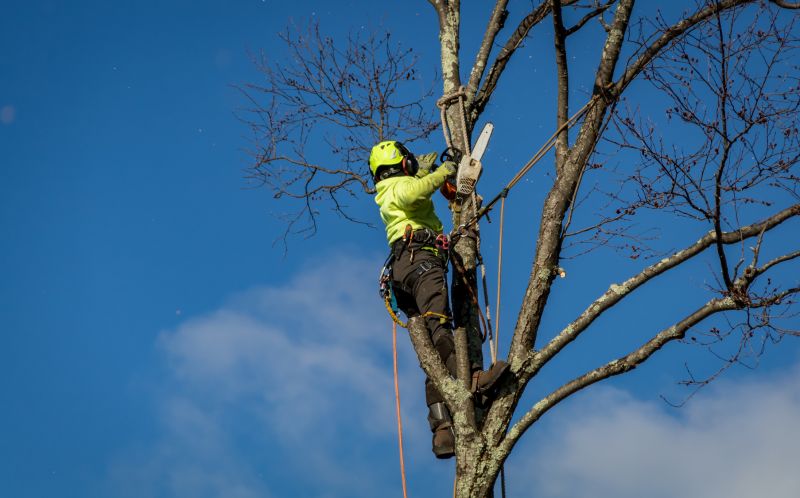
Simple add-ons that improve Tree Removals without blowing the budget.
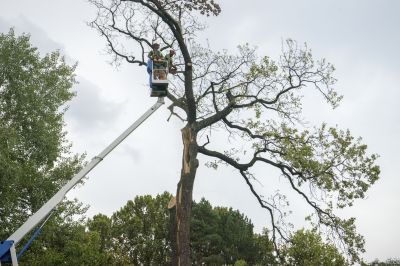
High-end options that actually feel worth it for Tree Removals.

Finishes and colors that play nicely with Tree Removals.
Tree removal timing depends on several factors including weather, tree health, and local regulations. Proper timing can minimize risks and enhance safety during the process. In general, late fall and winter are considered optimal because trees are dormant, reducing the chance of pests and disease transmission.
Winter is often preferred for tree removal because frozen ground allows for easier equipment movement and reduces soil disturbance.
Spring removals should account for increased sap flow and budding, which can affect tree stability and safety.
Heavy rain or snow can delay or complicate tree removal projects, making dry, stable conditions more desirable.
Dead or hazardous trees may need removal regardless of season to prevent damage or injury.

Specialized equipment is often used to handle frozen ground and snow conditions.

Active growth periods in spring can influence removal techniques and timing.

Leaf drop in fall offers better visibility and access for removal work.
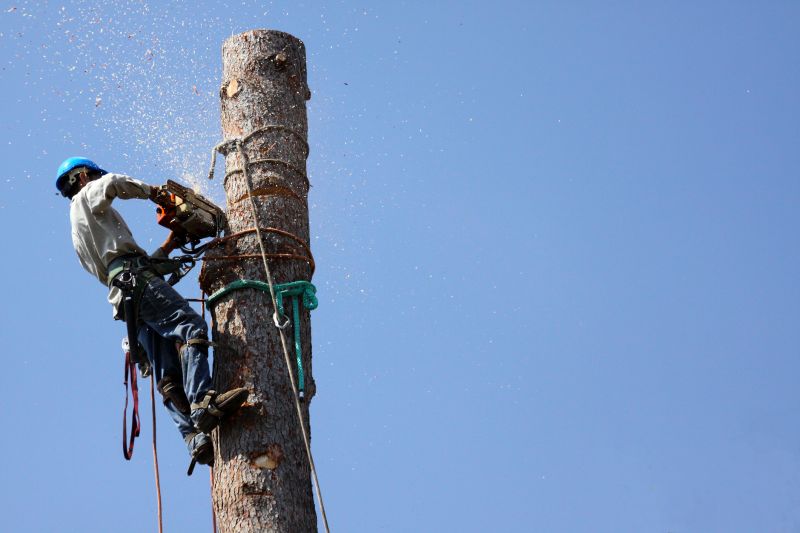
Little measurements that prevent headaches on Tree Removals day.

A 60-second routine that keeps Tree Removals looking new.

A frequent mistake in Tree Removals and how to dodge it.
| Season | Advantages |
|---|---|
| Winter | Frozen ground facilitates equipment movement and soil preservation. |
| Spring | Moderate weather; trees are just beginning to grow. |
| Summer | Long daylight hours; suitable weather but higher temperatures. |
| Fall | Cooler temperatures; trees are entering dormancy. |
Tree removals are performed to improve safety, prevent property damage, or remove dead or hazardous trees. Timing plays a crucial role in ensuring the process is efficient and minimizes impact on the landscape. Seasonal considerations help determine the best window for safe and effective removal, with late fall and winter often providing optimal conditions.
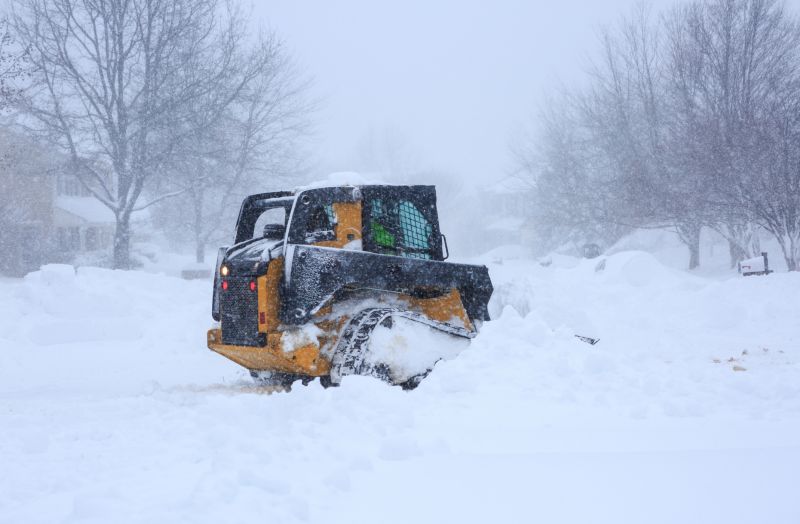
Snow and ice can complicate removal but also provide stability for heavy equipment.

Active growth periods require careful planning to avoid damaging surrounding vegetation.

Fallen leaves improve visibility and safety during removal.
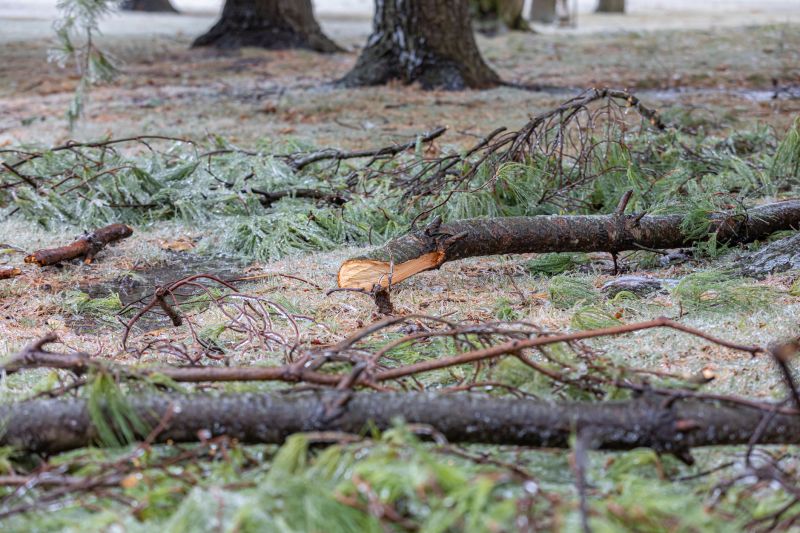
Frozen ground allows for easier access and less soil disruption.
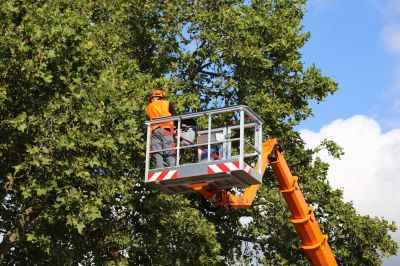
Small tweaks to make Tree Removals safer and easier to use.
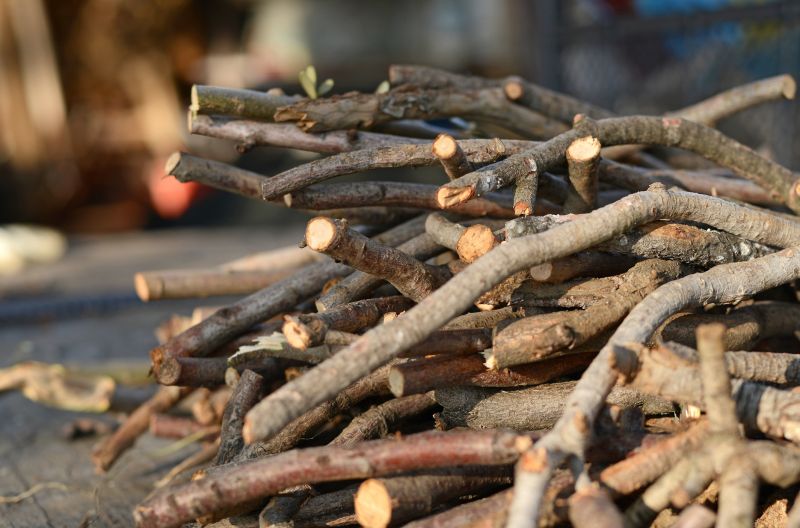
Lower-waste or water-saving choices for Tree Removals.
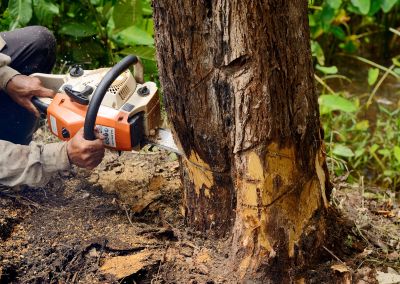
The short, realistic tool list for quality Tree Removals.

Rough timing from prep to clean-up for Tree Removals.
Interested in scheduling a tree removal? Filling out the contact form can provide details on available options and timing to suit specific needs. Proper planning ensures safety and efficiency during the removal process.
